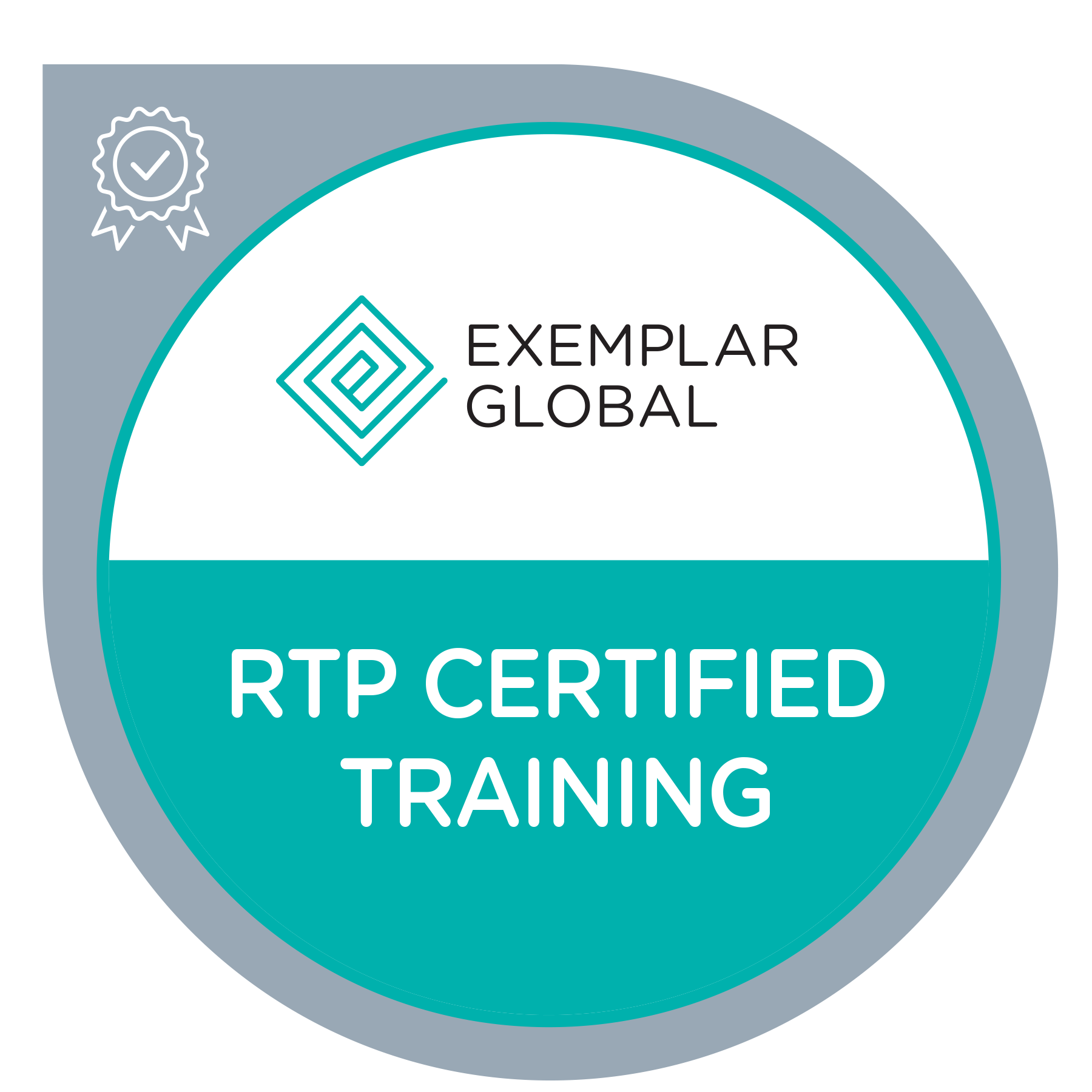

Risks affecting organizations can have consequences in terms of economic performance and professional reputation, as well as environmental, safety and societal outcomes. Therefore, managing risk effectively helps organizations to perform well in an environment full of uncertainty.
We offer training for both medical and aerospace risk management. ISO 14971 is the Medical Device Standard and ISO 31000 works with AS9100 and ISO 9001.
ISO 31000:2009, Risk management – Principles and guidelines, provides principles, framework and a process for managing risk. It can be used by any organization regardless of its size, activity or sector. Using ISO 31000 can help organizations increase the likelihood of achieving objectives, improve the identification of opportunities and threats and effectively allocate and use resources for risk treatment.
OverviewEffectively managing risk is essential to ensuring the safety, performance, and compliance of medical devices. ISO 14971 outlines the international standard for medical device risk management, and understanding how to apply it is critical for organizations across the industry. This live-online ISO 14971 training course is certified by Exemplar Global and offers a practical, hands-on approach to implementing risk management using ISO 14971:2019 and ISO/TR 24971:2020. Over two interactive days, participants will explore how to identify hazards, evaluate risk, implement controls, and maintain a comprehensive risk management process throughout the product lifecycle. Whether you are new to risk management or looking to deepen your expertise, this course is designed to meet you at your current level and build your confidence through expert instruction and real-world case studies. By the end of the course, participants will be able to:
Risk isn’t optional, and neither is compliance. This ISO 14971 training gives you more than a theoretical understanding of ISO 14971. It empowers you with practical skills that you can apply immediately in your role to reduce risk, improve product safety, and support regulatory readiness. Whether you’re preparing for audits, contributing to design decisions, or building risk files, this training will help you do it with confidence and credibility. |
PrerequisitesThere are no required prerequisites for this training. This ISO 14971 training is beneficial for both quality novices and lifetime professionals. Our goal is to meet everyone at their current level of competence and improve it. All students should bring their own printed copy of the ISO 14971:2019 and ISO/TR 24971:2020 standards. The course provides an overview of these documents, but having your own copy to follow along with will be a powerful learning aid. |
 |
Who Should Attend
|
| Axeon is an Exemplar Recognized Training Provider.
This ISO 14971 training course is certified by Exemplar Global, and upon completion, participants will receive a certificate that says they have successfully completed a course certified by Exemplar Global. |
 |
OverviewWhen a single failure can ground a fleet or compromise safety, aerospace manufacturers must get risk management right the first time. AS13004 offers a proven, structured approach to identifying and controlling process risks before they result in costly nonconformities, escapes, or customer dissatisfaction. This focused, two-day AS13004 PFMEA Risk Management Training equips aerospace professionals with the tools and methods needed to identify, assess, and mitigate risk throughout the production process. This course directly supports compliance with AS9100, AS9120, and AS13004 by focusing on the practical application of PFMEA and Control Plan development as key elements of a proactive risk management strategy. Led by instructors with deep industry experience, this course covers:
Through case studies, interactive exercises, and detailed walkthroughs, participants will gain hands-on experience developing PFMEAs and Control Plans that reduce variability, improve product safety, and strengthen compliance across the aerospace supply chain. |
What You Will Learn
|
 |
Who Should Attend
|
OverviewCorrective and preventive action (CAPA) failures are among the most common—and most costly—issues cited by the FDA. For medical device and pharmaceutical companies, an ineffective CAPA system can trigger major compliance problems, regulatory scrutiny, and product risks. But when done right, CAPA in medical devices becomes a powerful driver of quality improvement and risk reduction. This practical, two-day live-online training equips you with the skills and tools to build and maintain a compliant, effective CAPA system in line with FDA 21 CFR and ISO 13485 requirements. Designed specifically for professionals in medical device and pharmaceutical industries, the course teaches you how to perform efficient root cause investigations and develop corrective actions that truly solve problems and prevent recurrence. Led by experts in medical device and pharma compliance, this course covers:
Whether you’re responding to complaints, audit findings, or internal quality events, you’ll leave this course with the confidence to manage CAPA in medical devices and pharmaceuticals with clarity, consistency, and compliance. |
Topics
|
 |
Who Should Attend
|
OverviewMistakes happen and processes fail, but unresolved issues and recurring problems can lead to wasted resources, compliance risks, and operational inefficiencies. It’s important for organizations to have effective root cause analysis procedures in order to ensure that these issues are corrected and prevented in the future. To help organizations tackle these challenges, Axeon’s Root Cause Analysis & CAPA training provides a structured, 8-step approach to Root Cause Analysis (RCA), Corrective Action, and Preventive Action (CAPA). This course applies to any industry or organization looking to improve problem-solving effectiveness. It emphasizes proven methodologies for identifying root causes, implementing corrective actions, and preventing recurrence, all while ensuring compliance with quality management system requirements. Using industry-recognized tools such as Five Whys, Ishikawa diagrams, and Failure Modes and Effects Analysis (FMEA), this Root Cause Analysis & CAPA training course provides a practical framework for improving process reliability and sustaining long-term improvements. Available both online and in-person, this interactive course combines expert instruction with hands-on exercises and real-world case studies. Whether you’re new to corrective actions or looking to refine your approach, this training will equip you with the skills needed to drive meaningful improvements in your organization. |
Root Cause Analysis & CAPA Training Key Topics
|
 |
Who Should Attend
|
Days: 2
Time: 7:30 AM- 4:30 PM MST
Audience: Beginner to Advanced
Human Factors is a term that appears in the latest versions of several ISO standards, including:
This Human Factors online training helps you to understand human factors in the context of each standard. You will learn how to apply the concept of human factors to your management system and address the standard requirements. You will also receive practical tools, proven methodologies, and helpful tips to make the job easier for you.
As with all of Axeon’s courses, this is a practical, how-to that is not bogged down in academic discussions. We use case studies, practice exercises, and learning activities to keep the training activities and build competence.
| · Quality managers | Also: |
| · Management representatives | · Quality consultants |
| · Quality engineers | · Those involved in performing corrective actions |
| · Safety managers | · Those involved in medical device risk management |
| · Top management | · Preparation Of Checklists From Process Analysis |
| · Regulatory affairs specialists | |
Prerequisites
None. Our students range from seasoned quality professionals to novices. Our goal is to meet everyone at their current level of competence and increase it.
Intro to Human Factors
Review ISO Standard Requirements: 9001, AS9100D, 14971, 45001
Definitions of Human Factors by Standard
Human Factors and Root Cause Analysis
Corrective Action and Human Factors
The 13 Most Common Human Factors
Activity: Applying Human Factors in Corrective Action
Human Factors and Poka-Yoke
Definition & History of Poka-Yoke
Methodology for Poka-Yoke
Activity: Applying Poka-Yoke to Human Factors
Human Factors and Health & Safety
Definition of Human Factors in Health & Safety
Human Factors and Ergonomics
How Human Factors influence Safety at Work
Activity: Applying Human Factors to Safety
Human Factors and Medical Devices
Methodology for Considering Human Factors in Risk Assessment
Device Design According to Human Factors Consideration
Human Factors in Post-Market Surveillance
Final Test
Days: 1
Time: 7:30 AM-4:30 PM MST
Audience: Top management
A QMS (Quality Management System) is NOT a cost of doing business. It’s an investment. And top management should expect to get a financial return on that investment. However, the Return On Investment (ROI) they receive will be greatly impacted by the level of leadership and commitment they provide concerning the management system.
The newest versions of most ISO management standards have amplified the requirements for top management, in accordance with ISO 9001:2015. In this highly interactive course, senior managers will learn how to fulfill their new responsibilities, take accountability, and maximize the ROI they get from their management systems.
This class will help to show the true value of your quality management system and how much it really adds to your bottom line. It will also help your company to increase the ROI of your QMS.
If you want to improve your company’s bottom line or show your boss how much your QMS is already contributing to profits then this class is for you.
Benefits of a Quality Management System
Overview of Quality Principles
How to Maximize the ROI from your QMS
The Five Biggest Mistakes Executives Make with Quality Management
Final Test